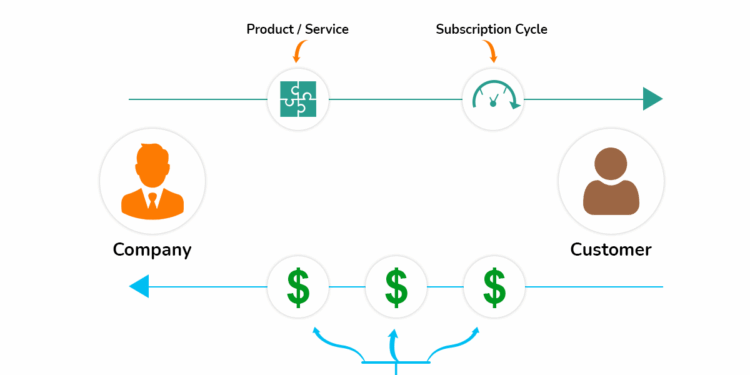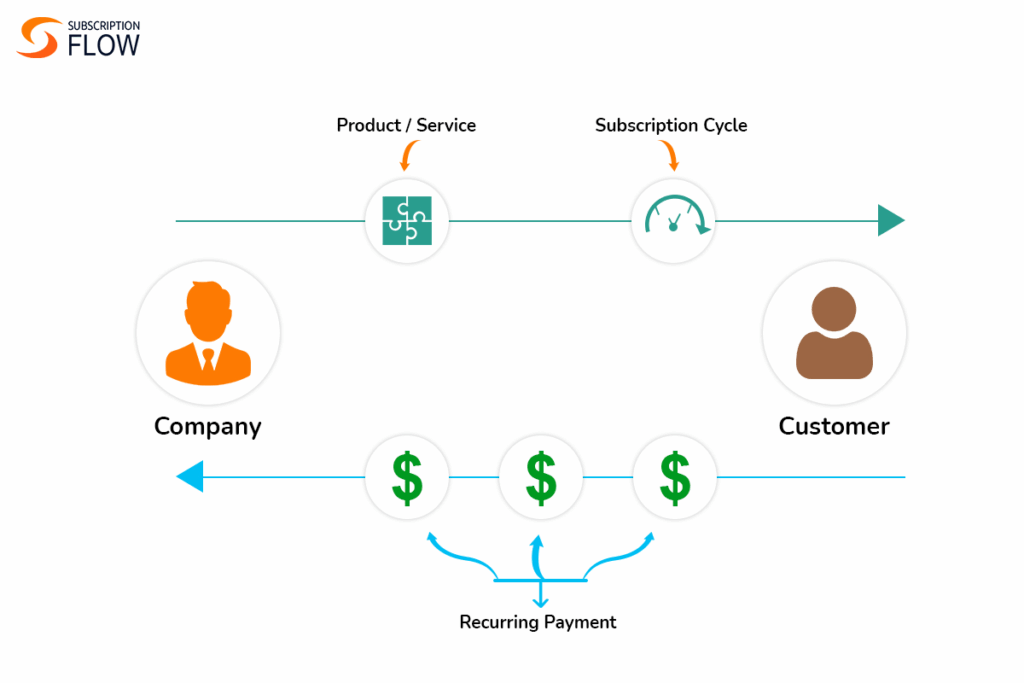
Diving into the realm of subscription-based market models, this introduction aims to provide a comprehensive look at the various facets of this evolving business model. From the industries that thrive on subscriptions to the strategies for customer acquisition and retention, this overview sets the stage for an engaging discussion.
Overview of Subscription-Based Market Models
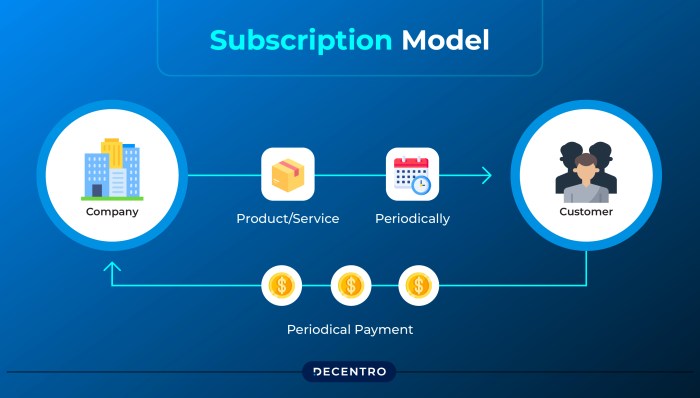
Subscription-based market models are business models where customers pay a recurring fee at regular intervals to access a product or service. This type of model has gained popularity in recent years due to its ability to provide a predictable revenue stream for businesses while offering convenience and value to customers.
Examples of Industries
- Streaming services like Netflix, Hulu, and Spotify
- Software companies offering cloud-based services like Microsoft Office 365
- Meal kit delivery services such as Blue Apron and HelloFresh
- Subscription boxes for beauty products, snacks, books, and more
Benefits of Subscription-Based Models
Subscription-based models offer several benefits to businesses, including:
- Predictable revenue: Businesses can forecast revenue more accurately with recurring subscription payments.
- Customer loyalty: Subscribers are more likely to stay engaged with the product or service, leading to higher retention rates.
- Lower customer acquisition costs: Once customers are subscribed, businesses can focus on retaining them rather than constantly acquiring new customers.
- Enhanced customer insights: Subscriptions allow for better tracking of customer behavior and preferences, enabling businesses to tailor offerings to individual needs.
Types of Subscription-Based Market Models
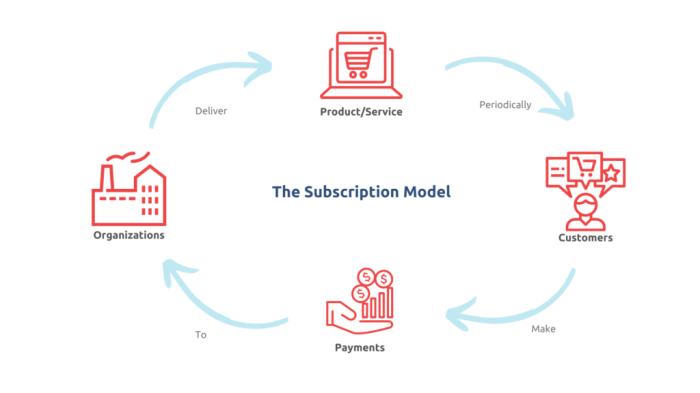
Subscription-based market models come in various forms, each catering to different consumer needs and preferences. Let's explore the different types of subscription-based models and successful companies in each category.
SaaS (Software as a Service)
SaaS is a popular subscription model where customers pay a recurring fee to access software hosted on the cloud. Companies like Salesforce, Adobe Creative Cloud, and Microsoft Office 365 have successfully implemented the SaaS model.
Content Streaming
Content streaming services offer access to a vast library of movies, TV shows, music, and more for a monthly subscription fee. Netflix, Hulu, and Spotify are prime examples of companies excelling in the content streaming market.
Subscription Boxes
Subscription boxes deliver curated products to customers on a regular basis, creating a sense of surprise and delight. Successful companies in this category include Birchbox, FabFitFun, and Blue Apron.
Customer Preferences Impacting Subscription Model Choice
- Convenience: Customers prefer subscription models that offer ease of use and hassle-free experiences.
- Personalization: Tailored recommendations and personalized offerings attract customers to specific subscription models.
- Value for Money: Customers opt for subscription services that provide a good return on investment and offer significant value.
- Flexibility: Subscription models allowing customers to customize their plans or skip deliveries as needed are favored.
Customer Acquisition and Retention Strategies
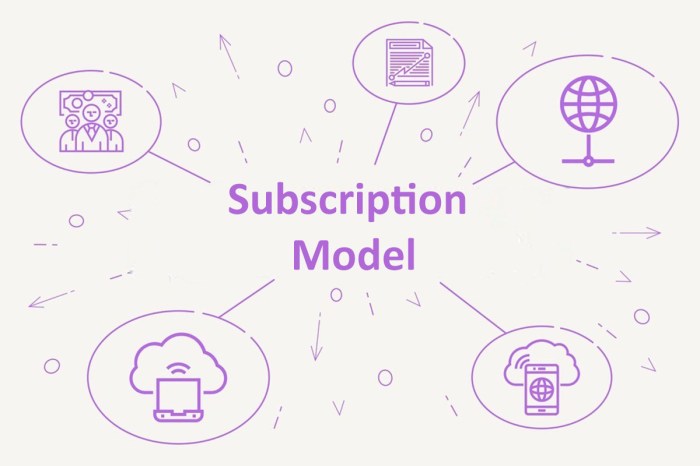
In a subscription-based model, customer acquisition and retention are crucial for the success and sustainability of the business. Effective strategies need to be implemented to attract new customers and keep existing ones engaged.
Acquiring New Customers
- Offering free trials or discounts to encourage sign-ups
- Utilizing social media and digital marketing to reach a wider audience
- Implementing referral programs to incentivize current customers to bring in new ones
- Creating engaging content and personalized offers to attract potential subscribers
Importance of Customer Retention
Customer retention is essential in a subscription-based business as it ensures a steady stream of revenue and reduces the need for constant customer acquisition. Retained customers also tend to spend more over time and are more likely to recommend the service to others.
Key Metrics for Measurement
- Churn Rate:Calculating the percentage of customers who cancel their subscriptions over a given period
- Customer Lifetime Value (CLV):Determining the total revenue a customer is expected to generate throughout their relationship with the business
- Customer Acquisition Cost (CAC):Measuring the cost of acquiring a new customer compared to the revenue they generate
- Net Promoter Score (NPS):Assessing customer satisfaction and loyalty by asking how likely they are to recommend the service
Pricing Strategies in Subscription-Based Models
When it comes to subscription-based models, pricing strategies play a crucial role in attracting and retaining customers. Different pricing structures can impact customer behavior and overall revenue, making it essential for companies to choose the right approach.
Tiered Pricing
- Tiered pricing involves offering different levels of subscription packages at varying price points, each with its own set of features and benefits.
- This strategy allows customers to choose a plan that best suits their needs and budget, increasing the likelihood of conversion and retention.
- Companies like Netflix and Spotify have successfully implemented tiered pricing models, catering to a wide range of customers with different preferences.
Pay-As-You-Go
- Pay-as-you-go pricing allows customers to pay for the services they use, providing flexibility and cost-effectiveness.
- This model is popular among software-as-a-service (SaaS) companies like Adobe, where customers only pay for the features they utilize.
- Pay-as-you-go pricing can attract customers who are hesitant to commit to a long-term subscription, leading to increased sign-ups and revenue.
Freemium
- Freemium pricing offers a basic version of the product for free, with the option to upgrade to a premium version with advanced features for a fee.
- This strategy allows companies to acquire a large user base with the free version and upsell premium features to a segment of those users.
- Popular examples of freemium models include Dropbox and LinkedIn, where users can access basic services for free and upgrade for additional benefits.
Last Point
In conclusion, subscription-based market models offer businesses unique opportunities for growth and sustainability. By understanding the different types of models, effective customer strategies, and innovative pricing approaches, companies can thrive in today's competitive landscape.
Top FAQs
How can businesses benefit from subscription-based market models?
Businesses can enjoy recurring revenue streams, better customer engagement, and increased customer loyalty through subscription-based models.
What are some common pricing structures used in subscription models?
Common pricing structures include tiered pricing, pay-as-you-go, and freemium models, each offering unique ways to attract and retain customers.
Why is customer retention important in a subscription-based business?
Customer retention is crucial for sustaining a subscription-based business as it ensures a steady revenue stream and long-term profitability.
